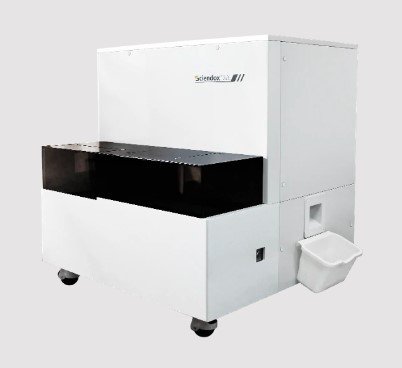Best Practices for Obtaining a Clean Catch Urine Sample in the Clinical Setting in the United States
Summary
- Proper patient education is essential for obtaining a clean catch urine sample.
- Using sterilized equipment and following strict protocols is crucial in preventing contamination.
- Regular training and communication among healthcare staff are key to maintaining high standards of cleanliness in the clinical setting.
Introduction
Obtaining a clean catch urine sample is a critical process in the medical lab and phlebotomy setting. It is essential for accurate diagnostic testing and preventing contamination. In this article, we will discuss the best practices for ensuring a clean catch urine sample in a clinical setting in the United States.
Patient Education
Patient education plays a crucial role in obtaining a clean catch urine sample. Patients must understand the importance of following instructions to prevent contamination. It is essential to provide clear and concise instructions on how to collect a clean catch urine sample, including:
- Washing hands before collecting the sample
- Cleansing the genital area with a sterile wipe
- Collecting midstream urine in a sterile container
- Avoiding contact between the hands and the inside of the container
Importance of Proper Hygiene
Emphasize to patients the importance of proper hygiene when collecting a clean catch urine sample. Proper hygiene practices can help prevent contamination and ensure the accuracy of diagnostic testing results.
Clear Communication
Clear communication with patients is essential for obtaining a clean catch urine sample. Make sure to explain the collection process in detail and address any concerns or questions that patients may have.
Equipment and Protocol
Using sterilized equipment and following strict protocols is crucial in preventing contamination during the collection of a clean catch urine sample. Healthcare Providers should adhere to the following best practices:
- Use sterile containers for collecting urine samples
- Ensure that all equipment is properly cleaned and disinfected
- Follow aseptic techniques during sample collection
- Label samples accurately and securely
Sterilization
Proper sterilization of equipment is essential for preventing contamination during the collection of a clean catch urine sample. Healthcare Providers should use sterilized containers and ensure that all equipment is properly cleaned and disinfected before use.
Aseptic Techniques
Following aseptic techniques during sample collection is crucial in preventing contamination. Healthcare Providers should wash their hands thoroughly and wear appropriate personal protective equipment to maintain a sterile environment.
Training and Communication
Regular training and communication among healthcare staff are key to maintaining high standards of cleanliness in the clinical setting. It is essential to provide ongoing education and training on proper sample collection techniques and infection control measures.
- Provide training on proper sample collection procedures
- Emphasize the importance of following infection control protocols
- Encourage open communication among healthcare staff
Ongoing Education
Continued education and training on best practices for obtaining a clean catch urine sample are essential for ensuring the accuracy of diagnostic testing and preventing contamination. Healthcare Providers should stay up-to-date on the latest guidelines and protocols in sample collection.
Communication Among Staff
Open communication among healthcare staff is essential for maintaining high standards of cleanliness in the clinical setting. Healthcare Providers should collaborate effectively and share information to ensure that all protocols are followed correctly.

Disclaimer: The content provided on this blog is for informational purposes only, reflecting the personal opinions and insights of the author(s) on the topics. The information provided should not be used for diagnosing or treating a health problem or disease, and those seeking personal medical advice should consult with a licensed physician. Always seek the advice of your doctor or other qualified health provider regarding a medical condition. Never disregard professional medical advice or delay in seeking it because of something you have read on this website. If you think you may have a medical emergency, call 911 or go to the nearest emergency room immediately. No physician-patient relationship is created by this web site or its use. No contributors to this web site make any representations, express or implied, with respect to the information provided herein or to its use. While we strive to share accurate and up-to-date information, we cannot guarantee the completeness, reliability, or accuracy of the content. The blog may also include links to external websites and resources for the convenience of our readers. Please note that linking to other sites does not imply endorsement of their content, practices, or services by us. Readers should use their discretion and judgment while exploring any external links and resources mentioned on this blog.
